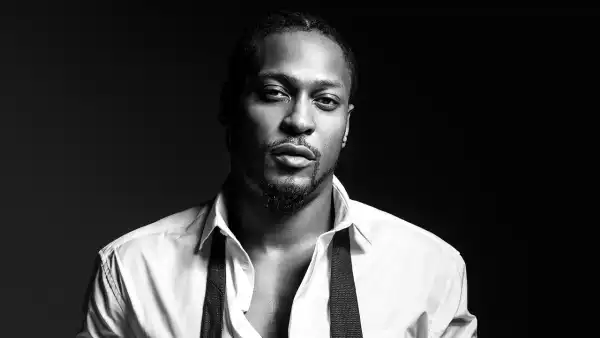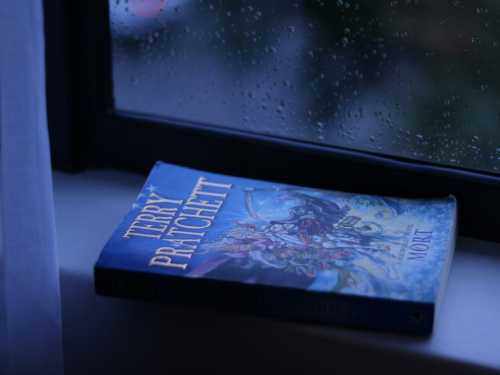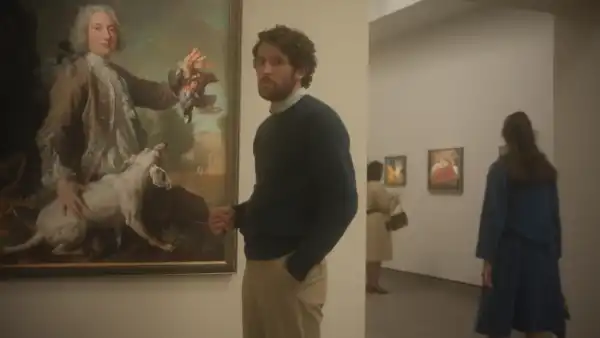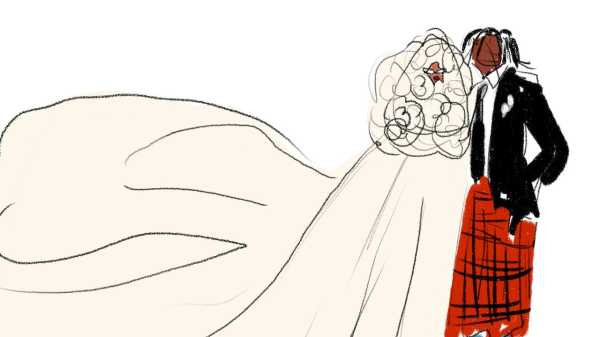
Karl Lagerfeld, the fashion designer behind the houses Chanel and Fendi, as well as his own namesake label, was nothing if not a font of strongly held opinions. The things he liked—the concept of “fun fur”; fingerless driving gloves; ice-cold Diet Coke; white poplin Hilditch & Key dress shirts; regular dinners at Le Comptoir des Saints-Pères, in Paris; his creamy-white tortie-Birman cat, Choupette; bountiful floral motifs; highly structured garments garnished with vintage lace, golden brocade, simple bows, or a lagniappe of pearls made with Gripoix glass—made him a household name as a dogmatic doyen of high fashion and one of its most tireless and inescapable characters. The things he did not like, and which he was constantly griping about, ranged from the quotidian (open-toed sandals, selfies, New Year’s Eve, telephone calls, manicures, the nineteen-nineties, sweatpants, suspenders) to the grossly controversial. In the years before his death, in 2019, he publicly criticized the #MeToo movement, called the singer Adele “a little too fat,” and invoked the Holocaust to express his distaste for Angela Merkel’s open-door policies toward migrants. His best-selling book “The Karl Lagerfeld Diet” encouraged readers to take in as little as eight hundred calories per day in pursuit of the extreme thinness that he deemed a non-negotiable virtue.
The designer’s thorny legacy made headlines in the lead-up to Monday night’s Met Gala, the annual fashion-world fund-raiser that this year marked the opening of the Metropolitan Museum’s Costume Institute exhibition titled “Karl Lagerfeld: A Line of Beauty.” But at the event itself the red-carpet spectacle suggested little sense of ambivalence or critical distance from all that Lagerfeld stood for. The night instead featured a gregarious parade of reverent homages, including archival Lagerfeld pieces—Nicole Kidman recycled the ballet-pink haute-couture Chanel gown that Lagerfeld designed for her to wear in a 2004 Chanel No. 5 commercial; the singer Dua Lipa appeared in a cream tweed corset gown from a collection that Lagerfeld designed for Chanel in 1992—and referential looks from other designers, which nodded keenly in their use of silver-toned gemstones, Oreo-cookie colors, puffy fabric rosettes, feathers, black leather, and evening gloves to Lagerfeld’s persnickety proclivities.
Some of the Lagerfeldiana on display was quite literal. The actor Jeremy Pope arrived wearing a thirty-foot cape with Lagerfeld’s face on it, which required five people to lug it along, and the Met Gala’s resident scamp, Jared Leto, was hidden inside an unsettling full-body costume of Choupette the cat, complete with giant padded paws and a floor-scraping tail. Choupette was, in fact, slinking all over the gala carpet; perhaps leaning into Lagerfeld’s cat fancying kept guests in safe and uncomplicated territory. The “S.N.L.” star Chloe Fineman carried a bejewelled kitty purse, while the rapper Doja Cat made herself lynx-like with the use of facial prosthetics. The musician Lil Nas X had the most outrageous feline look of the party, consisting of an ornate mask adorned with glittering whiskers, and not much else. Mostly nude save for a teensy sparkly thong, he was covered in metallic paint, diamond dust, and stray pearls, infusing the festivities with some welcome humor and eroticism. When a reporter asked him a question, he responded with “Meow.”
Outside of the clowder of feline getups, the night was, for the most part, a subdued happening. Sure, there were the requisite hyperbolic trains (Glenn Close’s Erdem gown had a hem that nearly enveloped the staircase; Jennifer Lopez’s vampish Ralph Lauren number cut thick, Sharpie-esque lines behind her) and exaggerated proportions (a pregnant Rihanna was cumulus-chic in a torso-swallowing, head-swaddling white Maison Valentino dress; Florence Pugh wore a feathered headpiece over her newly shaved head, adding at least a foot to her height). But, over all, the stars never veered too far from the assignment. They wore black and white and ivory and shell pink (Lagerfeld’s favorites). They wore the kind of expensive yet understated diamonds that Lagerfeld preferred. They wore a lot of interlocking “C” accessories, which became the ultimate status symbol during Lagerfeld’s tenure at Chanel.
On the scene this year, for The New Yorker, was the illustrator Sarula Bao, sketching attendees live as they climbed the museum’s steps. Bao, who most recently drew the candy-colored cover for the magazine’s Spring Style & Design Issue, spent her childhood in Cape Cod dreaming of becoming a designer herself, and attended RISD for fashion design. She turned instead to a career in illustration after finding that, as she puts it, “basically, I couldn’t stop drawing cartoons.” At the gala, she staked out a spot near the entrance and captured the most memorable looks using a digital sketch pad and a stylus. Her favorite, she said afterward, was Janelle Monáe’s matryoshka-reminiscent Thom Browne costume, which involved Monáe slowly unpeeling a tailored outfit to reveal a translucent black see-through hoop skirt underneath. “It was so Chanel and so Lagerfeld,” Bao said. “So much of what he did was upping what Chanel had done, pushing that brand based on what had already come before. It’s really nice to see something that comes after and is still pushing it to the next level.”
Bao’s illustrations from the gala are below, including one from the very end of the night, when a paparazzi-friendly cockroach decided to skitter up the stairs toward the museum, as onlookers stood awaiting Rihanna’s very fashionably late arrival. It was a reminder that, behind all the glitz of fashion’s biggest night, there is always a less than glamorous scramble. Lagerfeld would surely have hated it. ♦
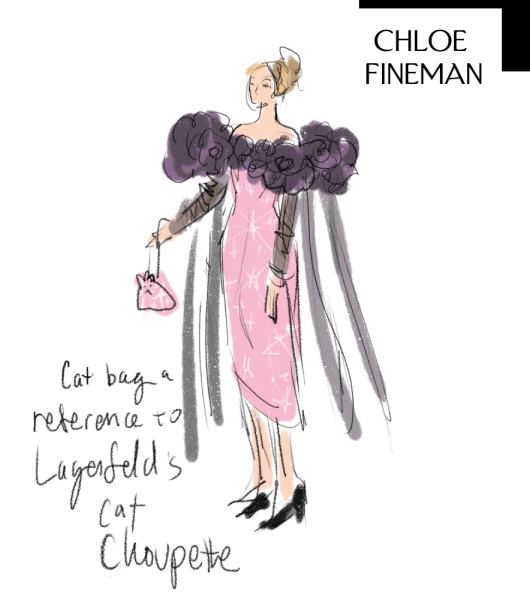
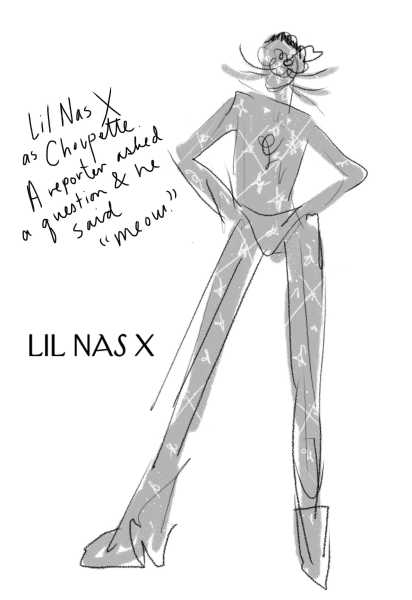
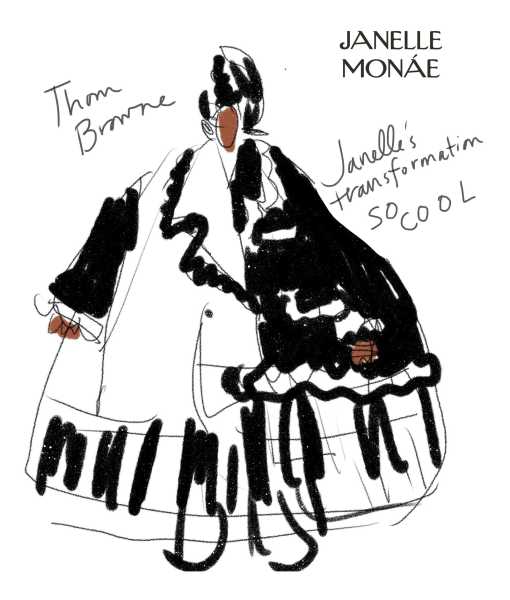

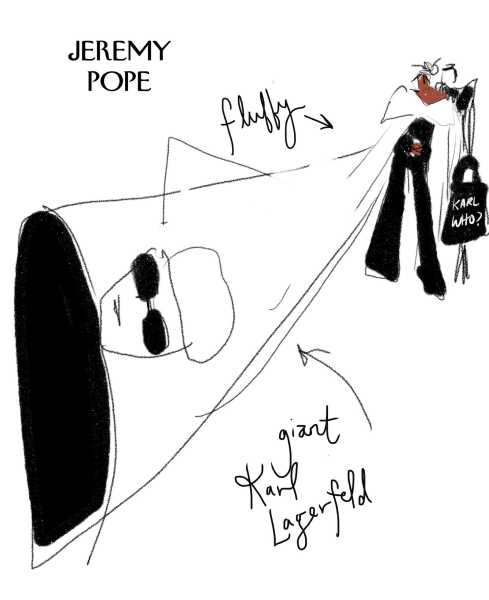
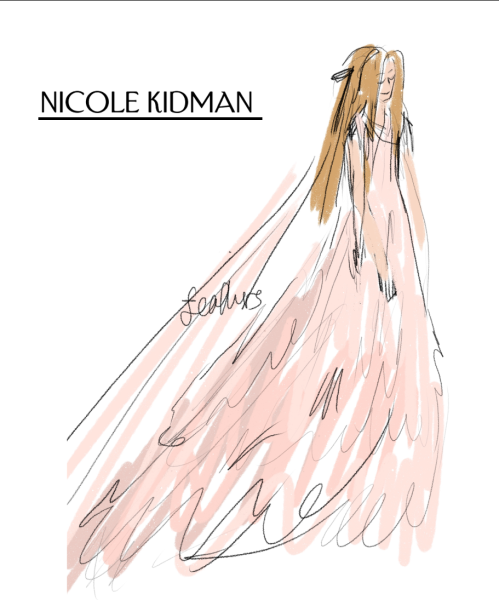
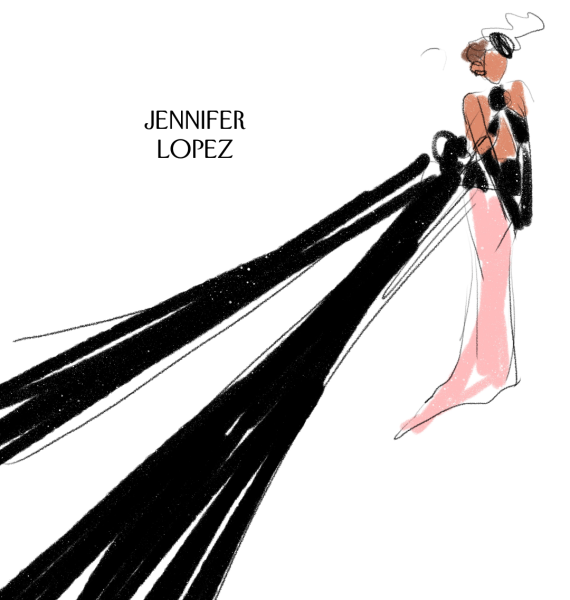
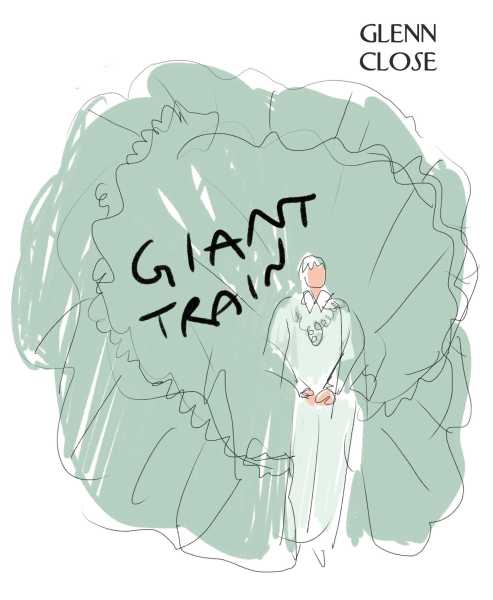
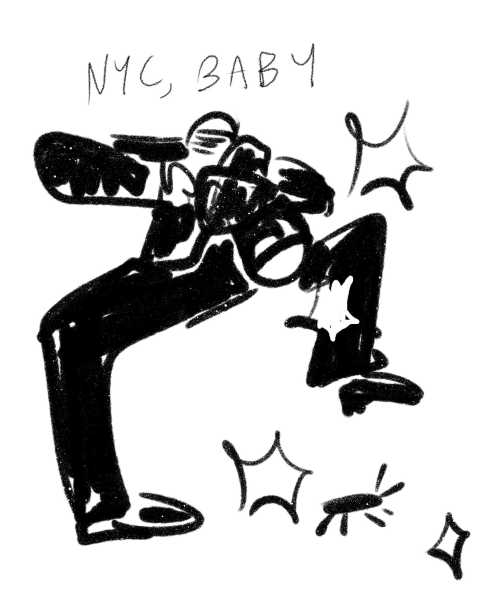
Sourse: newyorker.com
